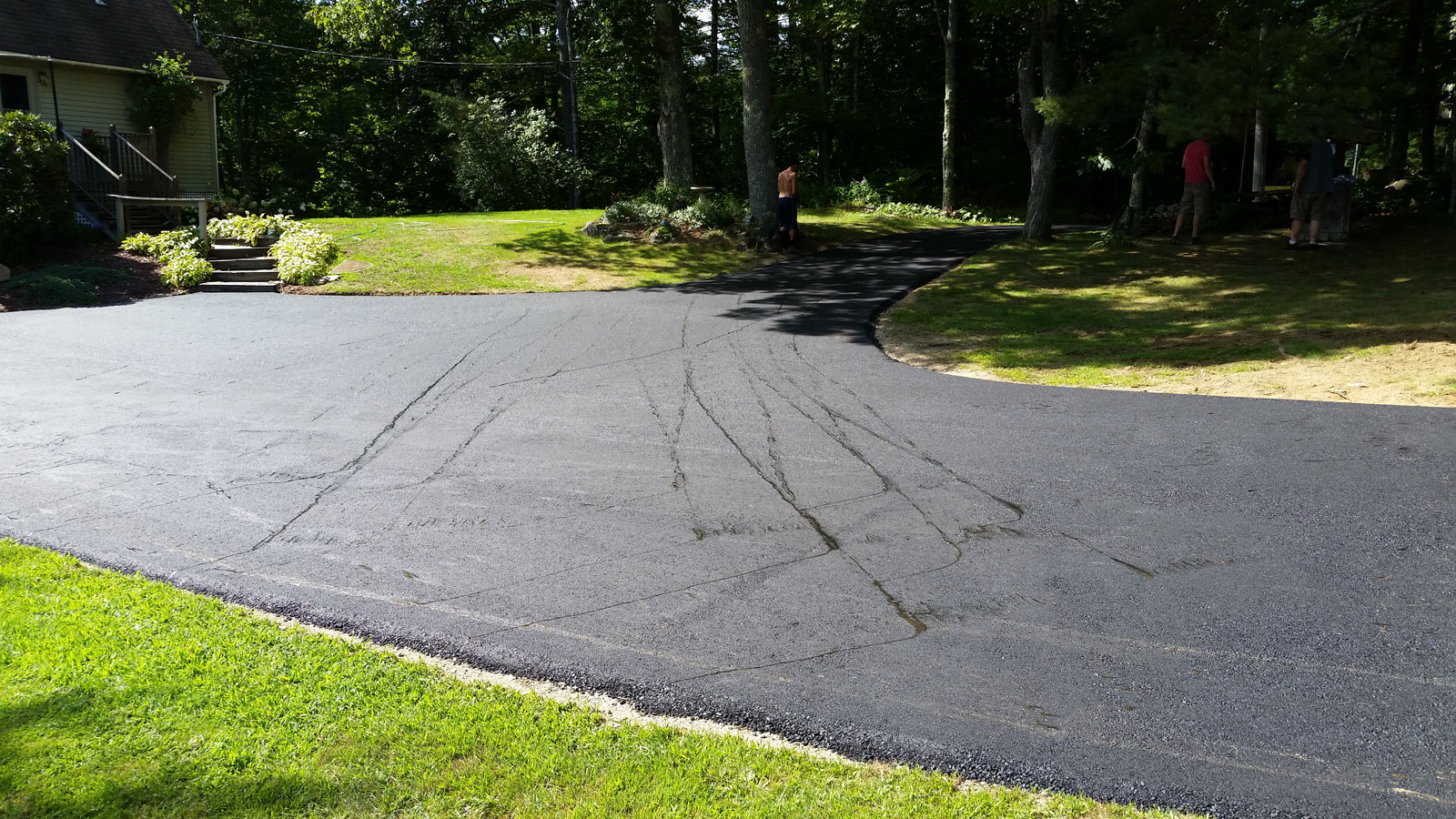Lasting Outcomes: Asphalt Spot Repair Via Precision Sealing
Lasting Outcomes: Asphalt Spot Repair Via Precision Sealing
Blog Article
Cold Mix Asphalt Vs. Hot Mix Asphalt: Which Is Right for You?

Make-up Differences
Cold mix asphalt is created by emulsifying the asphalt binder with water and an emulsifying representative prior to mixing it with aggregate. The hot mix asphalt production process involves heating the aggregate and asphalt binder separately before integrating them at the asphalt plant.
In addition, cold mix asphalt often tends to be less dense and much more versatile than hot mix asphalt. This flexibility makes it better suited for locations with greater levels of motion, such as driveways or roads with heavy website traffic. In comparison, warm mix asphalt is recognized for its high resilience and resistance to rutting and cracking, making it a recommended selection for freeways and high-traffic roads where longevity is crucial.
Installment Refine Variations
The process of mounting cold mix and hot mix asphalt displays notable variations in their requirements and procedures. In comparison, hot mix asphalt demands a much more intricate installation process. Due to the home heating needs, warm mix asphalt installations are normally lugged out by professionals with specific devices, making certain a more structurally sound and long-term outcome.
Longevity and Longevity Factors
When taking into consideration asphalt alternatives, longevity and long life are critical variables to review for long-term sidewalk performance,. Hot mix asphalt (HMA) is known for its extraordinary sturdiness and longevity. The heats throughout the laying and blending procedure enable far better compaction, resulting in a denser and more powerful sidewalk framework. This results in HMA being much more resistant to hefty website traffic tons, severe weather conditions, and the results old compared to cool mix asphalt (CMA)
In regards to durability, HMA typically outmatches CMA because of its superior toughness and resistance buildings. HMA pavements have a longer life span, needing much less regular repairs and upkeep, which can translate to cost financial savings over internet time. Additionally, HMA pavements are extra quickly personalized to satisfy details project needs, further improving their durability.
Expense Factors To Consider
Thinking about the monetary ramifications is a vital element when examining the option between hot mix asphalt (HMA) and cold mix asphalt (CMA) for pavement tasks. While the first price of warm mix asphalt is normally greater than that of chilly mix asphalt, HMA frequently offers a more cost-effective remedy in the lengthy run due to its remarkable toughness and durability.
In enhancement to material prices, it's important to take into consideration the expenses connected with setup and maintenance when comparing HMA and CMA. Inevitably, the decision between HMA and CMA need to take into account not simply the first cost however additionally the long-term monetary effects to identify the most cost-efficient option for the particular sidewalk task.
Environmental Impact Comparison
Contrast of the ecological impacts between warm mix asphalt (HMA) and cool mix asphalt (CMA) reveals unique distinctions in sustainability techniques. HMA manufacturing requires high temperatures, causing raised energy consumption and greenhouse gas discharges. The procedure additionally launches unpredictable organic compounds (VOCs) and dangerous air contaminants (HAPs) right into the environment. On the other hand, CMA is generated and applied at reduced temperatures, minimizing power use and exhausts considerably. The lower production temperatures of CMA lead to reduced fuel usage and lower levels of CO2 discharges, making it a much more ecologically pleasant choice.
Additionally, making use of CMA commonly includes recycling existing asphalt pavement, advertising source preservation and decreasing the amount of waste sent to land fills. This reusing element even more enhances the sustainability of CMA contrasted to HMA. Generally, when thinking about the environmental impact, CMA arises as a much more environmentally sustainable selection because of its lower power demands, decreased exhausts, and the possibility for recycling existing products. By going with CMA over HMA, road construction tasks can contribute favorably to environmental conservation initiatives.
Conclusion
To conclude, the option in between cold mix asphalt (CMA) and hot mix asphalt (HMA) relies on various aspects such as make-up, installation process, longevity, longevity, expense, and ecological Discover More Here influence. angle parking. While CMA offers a cost-effective and quick option for small repairs, HMA guarantees remarkable durability and longevity for heavy web traffic locations. Take into consideration these variables carefully to identify which kind of asphalt is the ideal selection for your paving requires

Taking into consideration the financial ramifications is a crucial element when reviewing the choice between warm mix asphalt (HMA) and cold mix asphalt (CMA) for pavement jobs. While the first cost of hot his response mix asphalt is normally greater than that of cold mix asphalt, HMA typically gives a more affordable solution in the long run due to its remarkable resilience and durability. asphalt repair.Contrast of the environmental impacts between hot mix asphalt (HMA) and chilly mix asphalt (CMA) exposes distinctive distinctions in sustainability practices.In conclusion, the choice between chilly mix asphalt (CMA) and hot mix asphalt (HMA) depends on different aspects such as make-up, installment procedure, durability, durability, expense, and environmental effect
Report this page